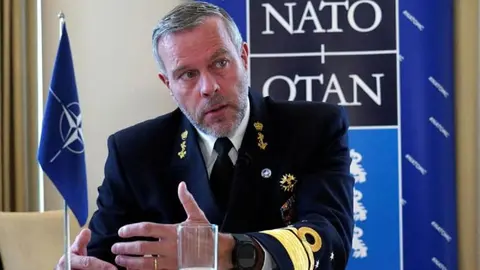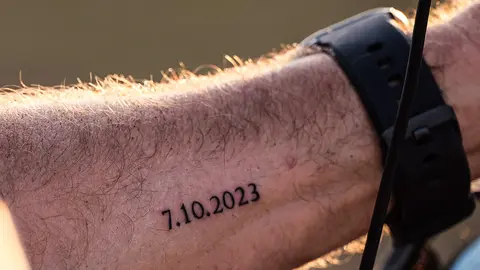Rutte's NATO in the midst of two sensitive military flanks
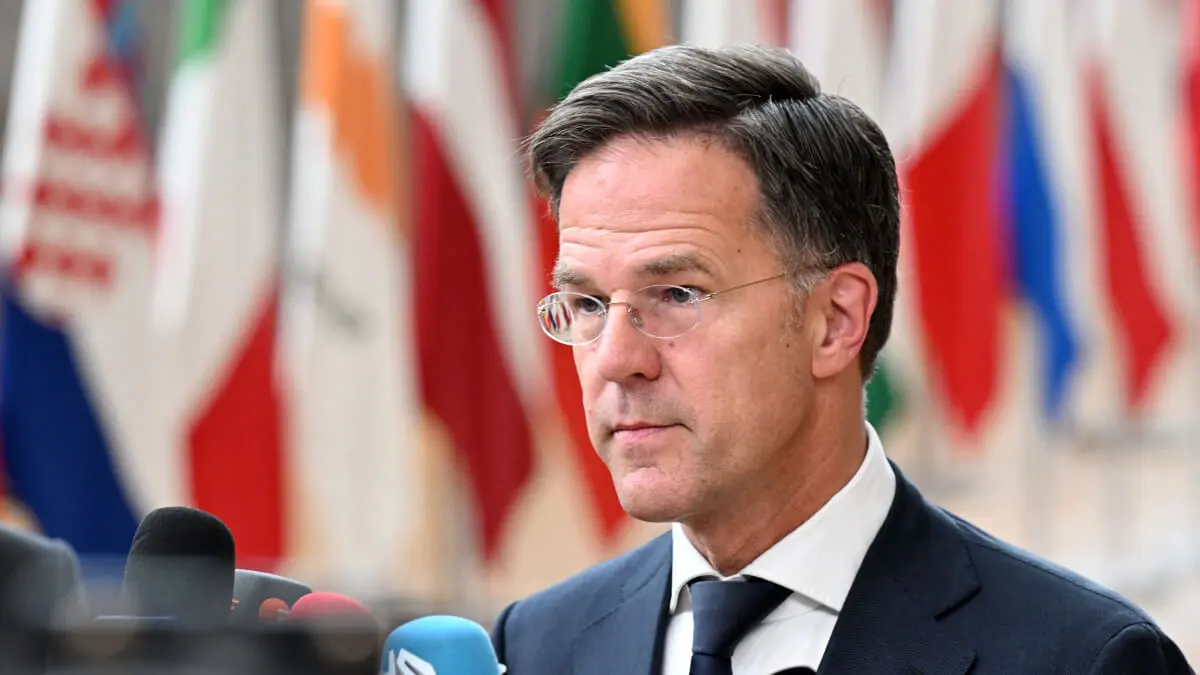
In total, a decade of dizzying changes and unimaginable threats such as the pandemic; now his successor, the Dutchman Mark Rutte, receives an Alliance that has on its right flank Russia's invasion of Ukraine on its way to its third year and, on the left, the war in the Middle East with Iran and Israel confronting each other.
In these turbulent times, it is important to keep a cool head. Stoltenberg lasted ten years at the helm of NATO because of this quality and because he is a pragmatist. When former British Prime Minister Boris Johnson said last year that he wanted to lead the Transatlantic Alliance, more than a few people's hair stood on end.
On 1 October, former Dutch Prime Minister Mark Rutte took over in a sober ceremony at headquarters in Brussels with thirty-two flags flying on the horizon. During the Stoltenberg era, two traditionally neutral countries, Sweden and Finland, broke their stance on Russia's invasion of Ukraine.
Finland joined NATO on 4 April 2023 and Sweden on 7 March 2024. Their membership has marked a turning point in Arctic geopolitics and in the extent of their involvement in allied defence. Recently, Finland announced that it will establish a NATO base less than 200 kilometres from its border with Russia. This is a new NATO headquarters for the control of northern Europe.
‘It's a big job and the bar is set very high. Jens, you have been an exemplary Secretary General. I want to say that my priorities include keeping NATO strong and ensuring that defences remain effective and credible,’ Rutte said during the handover ceremony.

During his speech, he also reaffirmed the need for more defence spending: ‘For this we need more forces, with better capabilities and faster innovation. This requires more investment because to do more we must spend more. There is no cost-free alternative if we are to rise to the challenges and keep our population of one billion people safe’.
Another of his priorities, in addition to keeping allied interests cohesive, is to continue to support Ukraine, not only to continue to resist the invasion but to win the war against Putin.
‘There can be no lasting security in Europe without a strong and independent Ukraine. The Alliance must fulfil the irreversible path of bringing Ukraine into the transatlantic organisation,’ he said.
Regarding the hostilities in the Middle East, Rutte called for an end as soon as possible to the war in Lebanon and the Gaza Strip, as well as in Israel and Iran.
‘Of course we are closely following what is happening in Lebanon. But obviously NATO has no specific role there. What I can say is that we are in close contact with our allies and hope for a ceasefire as quickly as possible,’ he said with some hope.
Russia's reaction to the new NATO leader was reflected in comments by Kremlin spokesman Dmitry Peskov, who said that they ‘do not expect anything new’. ‘In our expectations, the Atlantic Alliance will continue in the same direction in which it has been working’, he said.
Pay what you owe
One of the biggest changes, during Stoltenberg's tenure, was the inauguration of a new NATO headquarters located on Boulevard Leopold III in Brussels. It happened in May 2017 and was Donald Trump's first visit to the Alliance as US president.
It was not a fortunate visit: he went so far as to tell the then thirty member leaders that the US treasury had paid for the majestic building and, he rudely demanded, that they should pay more for their own defence.
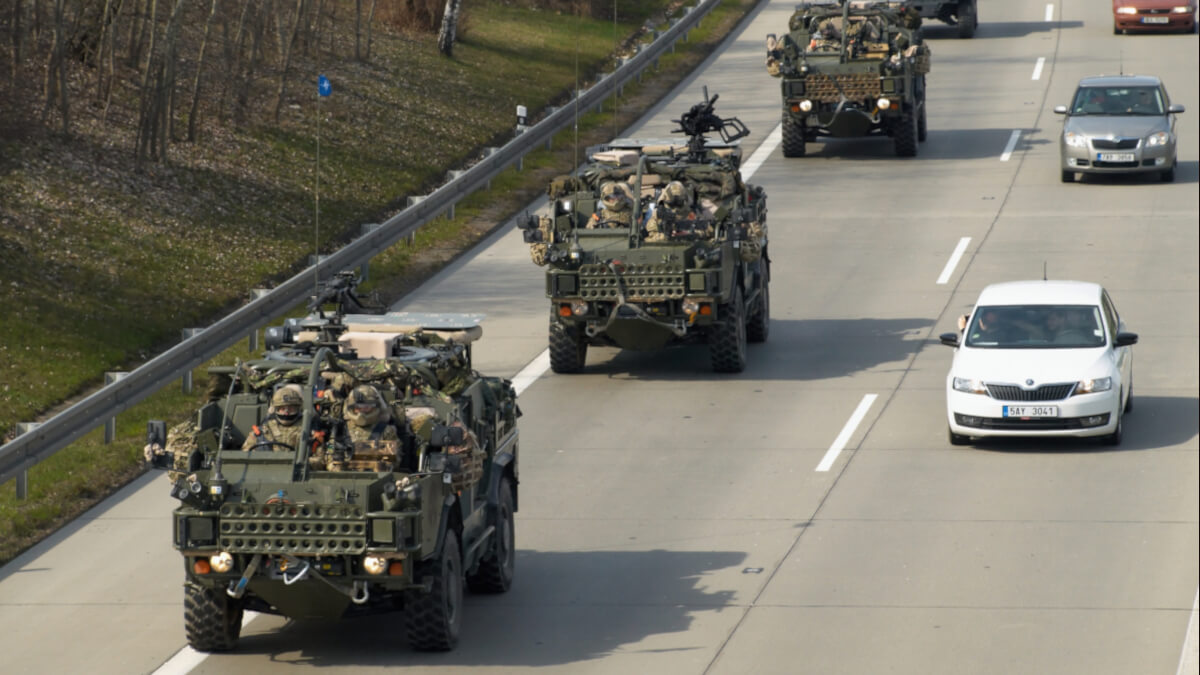
Although NATO countries set more than a decade ago as a desirable target to invest 2% of their GDP in military spending, it was not until 2014 that this figure became a binding commitment; and it was set to be met by 2024. In this fair year, Trump's shadow threatens to return to the White House.
In his 2016 election campaign, Trump railed against the Alliance as ‘an obsolete body’; now, in February, prior to his nomination as the Republican candidate, the former president publicly declared that he would ‘encourage’ Russia to attack NATO allies that do not pay their dues.
Indeed, he added that he once told a European leader that he would not protect a nation behind on its defence payments and would even allow aggressors to do as they pleased.
In response, Stoltenberg retorted that any suggestion that allies would not defend each other would only undermine overall security and put NATO soldiers at risk.
The reality is that not only NATO members, but the world as a whole, on average have seen military spending skyrocket and become a priority.
Last year, global military spending increased by 3.7% in real terms over the immediately preceding year, with 2.44 trillion dollars spent.
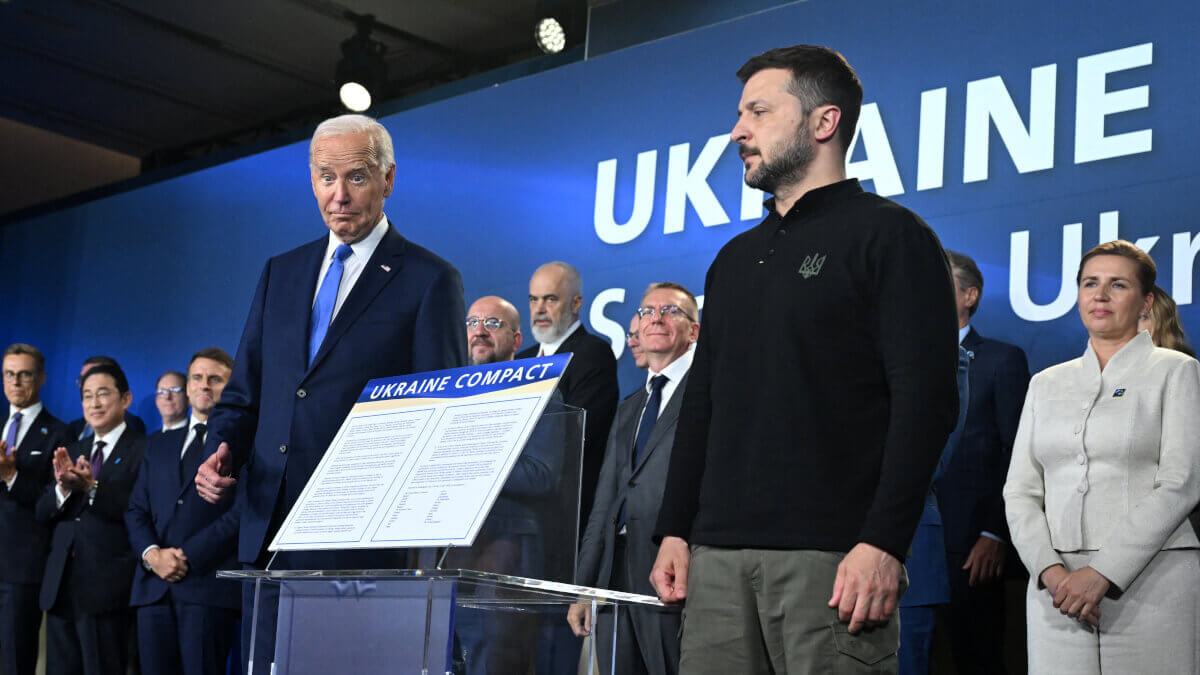
According to the 2023 report, presented by the Stockholm International Peace Research Institute (SIPRI), only five countries account for 61% of global defence spending; the list is headed by the United States with 916 billion dollars, followed by China with 109 billion dollars, Russia with 109 billion dollars, India with 83.6 billion dollars and Saudi Arabia in fifth place with 75.8 billion dollars.
The United States is the biggest spender on security and defence, its cornerstone since the end of World War II, and alone accounts for 37% of total global military spending. Its budget is so exorbitant that it adds up to everything spent by the next nine countries in the ranking list of highest military spending.
In particular, all NATO members have been increasing their defence spending with the aim of having a more modernised military and more effective weaponry.
Last February, Stoltenberg announced that by 2024, allies will spend a combined total of 380 billion dollars on defence. For the first time, this is equivalent to 2% of their combined GDP.
The United States accounts for about two-thirds of NATO countries' annual defence spending, with an estimated budget this year of 967 billion dollars. The next four biggest spenders in the Alliance are: Germany with 97.7 billion dollars, the UK with 82.1 billion dollars, France with 64.3 billion dollars and Poland with 34.9 billion dollars.
NATO with Rutte at the helm is expected to demand more defence spending from its allies; the idea is to expand warfighting capabilities by incorporating the latest technological advances and that means spending a lot of money. Current geostrategic tensions are also an incentive to prioritise investment in the military industry.


